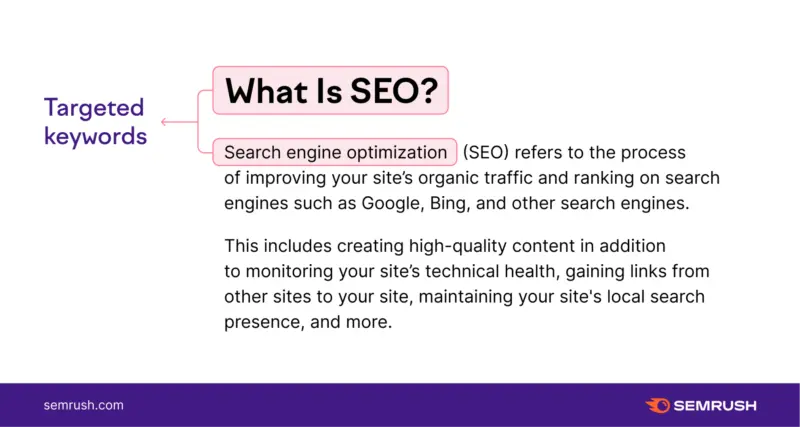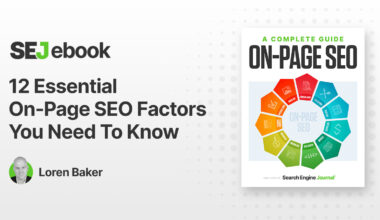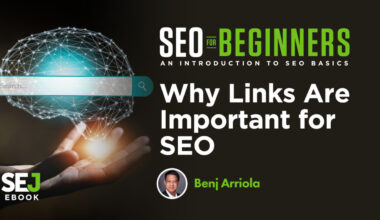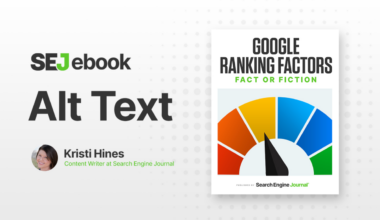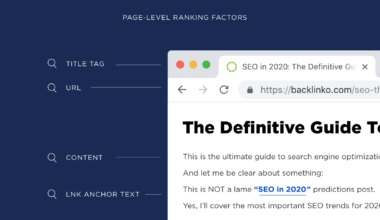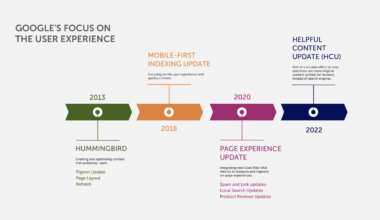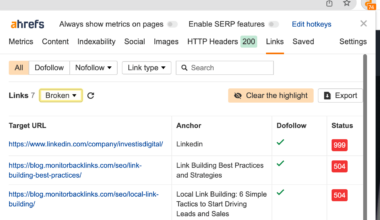Introduction to Keywords in SEO
Search Engine Optimization (SEO) is a technique of optimizing website content to rank higher on search engine results pages (SERPs). The primary goal of SEO is to drive organic traffic to a website by making it more accessible to search engines. Keywords play a crucial role in SEO, as they help search engines understand what a website is about and what queries it should rank for.
Keywords are words or phrases that people use to search for information on search engines like Google, Bing, and Yahoo. For instance, if someone is looking for the best smartphone, they may enter “best smartphone” or “top smartphones” in the search bar. In this case, “best smartphone” and “top smartphones” are the keywords. Keywords are essential because they help search engines understand the topic of a webpage. When someone enters a query on a search engine, the search engine uses an algorithm to search for relevant web pages based on the keywords.
The use of appropriate keywords in SEO can help a website rank higher on SERPs, which can drive more traffic to the site. However, using the wrong keywords can have the opposite effect, leading to a decrease in traffic. Therefore, it is essential to conduct proper keyword research to find the most relevant and valuable keywords for a particular website.
In summary, keywords are the backbone of SEO, and they help search engines understand the content of a website. It is crucial to conduct proper keyword research to find the most valuable keywords for a website and use them appropriately in the content. In the next section, we will discuss the importance of keyword research in SEO.
Importance of Keyword Research
Keyword research is the process of identifying and analyzing the search terms that people use to find information on search engines. Conducting keyword research is crucial for any SEO strategy because it helps to determine the most relevant and valuable keywords for a particular website. Here are some of the reasons why keyword research is essential for SEO:
1. Understanding Target Audience: Keyword research helps to understand the needs and preferences of the target audience. By analyzing the search terms used by the target audience, website owners can create content that is more relevant and engaging, leading to increased traffic and better conversion rates.
2. Competitive Analysis: Keyword research also helps to analyze the competition and identify the keywords that the competitors are using. This analysis can help website owners to develop a more effective SEO strategy and find gaps in the market that they can exploit.
3. Improved Ranking: Using the right keywords in the right places can help a website rank higher on search engine results pages (SERPs). Keyword research helps to identify the most relevant and valuable keywords for a particular website, which can help to improve its ranking and visibility on SERPs.
4. Long-Term Benefits: Keyword research is not a one-time process but an ongoing one. By regularly conducting keyword research, website owners can stay updated on the latest trends and changes in the market, ensuring that their SEO strategies remain effective in the long term.
To conduct keyword research, there are several tools available, such as Google Keyword Planner, SEMrush, Ahrefs, and Moz. These tools help to identify the search volume, competition, and relevance of different keywords, making it easier to choose the most appropriate ones for a website. However, it is essential to choose the right tool based on the specific needs and goals of a website.
In conclusion, keyword research is a vital component of any SEO strategy. It helps to identify the most valuable and relevant keywords for a website, leading to increased traffic, better user engagement, and improved conversion rates. By regularly conducting keyword research, website owners can stay ahead of the competition and ensure the long-term success of their SEO strategies.
Keyword Placement in Content
Once you have identified the keywords for your website through thorough keyword research, the next step is to ensure that you are placing those keywords in the right places within your website content. Keyword placement plays a crucial role in SEO because search engines use it to determine the relevance of a webpage to a particular query. Here are some best practices for keyword placement in content:
1. Title Tag: The title tag is the text that appears in the browser tab and search engine results pages (SERPs). It is the most critical on-page SEO element and should include the primary keyword. The maximum length of the title tag is 60 characters, and it should be compelling and descriptive to attract clicks.
2. Meta Description: The meta description is the text that appears below the title tag in SERPs. It provides a brief summary of the content on the webpage and should include the primary keyword. The maximum length of the meta description is 160 characters, and it should be compelling and informative to entice users to click.
3. Heading Tags: Heading tags (H1, H2, H3, etc.) are used to structure content and make it easier to read. The H1 tag should include the primary keyword, and the subsequent heading tags should include related keywords. However, it is essential to use heading tags sparingly and not to overuse them.
4. Body Text: The primary keyword should appear naturally in the body text of the webpage. However, it is essential not to overuse the keyword, as it can lead to keyword stuffing, which can negatively impact SEO. The ideal keyword density is between 1-3%, but it is more important to focus on creating high-quality, engaging content that provides value to the user.
5. Image Alt Tags: Alt tags are used to describe images for visually impaired users and search engines. Including the primary keyword in the alt tag can help to improve the relevance of the webpage to a particular query.
6. URL: The URL of the webpage should include the primary keyword, as it helps search engines understand the content of the webpage. However, it is essential to ensure that the URL is short, descriptive, and easy to read.
In conclusion, keyword placement is a crucial aspect of SEO, as it helps search engines understand the content of a webpage. By following the best practices for keyword placement in content, website owners can improve their ranking on SERPs and drive more organic traffic to their website. However, it is important to remember that keyword placement should be done in a natural and organic way that provides value to the user and not just for the sake of SEO.
Keyword Density and Its Impact on SEO
Keyword density refers to the number of times a keyword or phrase appears in a webpage’s content compared to the total number of words on that page. It is an essential factor in on-page SEO, and it can impact a website’s ranking on search engine results pages (SERPs).
In the past, keyword density was a significant factor in SEO, and website owners would often stuff their content with keywords to improve their ranking on SERPs. However, search engines have become more sophisticated, and they can now detect keyword stuffing and penalize websites for it. Therefore, it is essential to use keywords naturally and avoid overusing them.
The ideal keyword density varies depending on the length of the content, but generally, a keyword density of 1-3% is ideal. This means that the primary keyword should appear between 1-3 times for every 100 words of content. However, it is important to focus on creating high-quality content that provides value to the user and not just on keyword density.
Here are some best practices for using keyword density in content:
1. Use Keywords Naturally: Keywords should be used naturally and organically in the content. The content should be written for the user, not for search engines. Overusing keywords can negatively impact the user experience and lead to penalties from search engines.
2. Use Synonyms and Related Keywords: Using synonyms and related keywords can help to improve the relevance of the content to a particular query. It also helps to avoid overusing the primary keyword.
3. Focus on Quality Content: The most important factor in SEO is creating high-quality content that provides value to the user. Keyword density should be a secondary consideration after ensuring that the content is engaging, informative, and well-written.
4. Use Tools to Analyze Keyword Density: There are several tools available to analyze keyword density, such as Yoast SEO, SEMrush, and Ahrefs. These tools can help to ensure that the keyword density is within the ideal range and that the content is optimized for SEO.
In conclusion, keyword density is an essential factor in on-page SEO, but it should not be the primary focus. Website owners should focus on creating high-quality content that provides value to the user and use keywords naturally and organically. By following the best practices for keyword density, website owners can improve their ranking on SERPs and drive more organic traffic to their website.
Long-Tail Keywords and Their Role in SEO
Long-tail keywords are longer and more specific phrases that people use when searching for information on search engines. They typically consist of three or more words and are less competitive than short-tail keywords. Long-tail keywords play a crucial role in SEO for the following reasons:
1. Improved Relevance: Long-tail keywords are more specific than short-tail keywords, which means they are more relevant to the user’s search query. By using long-tail keywords in content, website owners can improve the relevance of their webpages to particular queries, leading to higher rankings on SERPs.
2. Lower Competition: Long-tail keywords are less competitive than short-tail keywords, which means they are easier to rank for. This is because fewer websites are targeting long-tail keywords, making it easier for websites to rank higher on SERPs.
3. Better Conversion Rates: Long-tail keywords are often used by people who are further along in the purchasing process and have a specific intent. By using long-tail keywords in content, website owners can attract more qualified leads and improve their conversion rates.
Here are some best practices for using long-tail keywords in SEO:
1. Conduct Keyword Research: Conducting keyword research is crucial for identifying relevant long-tail keywords for a particular website. Tools such as Google Keyword Planner, SEMrush, and Ahrefs can help to identify long-tail keywords with low competition and high search volume.
2. Use Long-Tail Keywords in Content: Using long-tail keywords in content can improve the relevance of the webpage to a particular query. However, it is essential to use them naturally and organically in the content to avoid keyword stuffing.
3. Focus on User Intent: Long-tail keywords are often used by people who have a specific intent. Therefore, it is essential to create content that caters to the user’s intent and provides value to them.
4. Monitor Performance: It is essential to monitor the performance of long-tail keywords regularly. Analyzing the search volume, competition, and conversion rates of long-tail keywords can help to optimize the SEO strategy and improve the performance of the website.
In conclusion, long-tail keywords are an essential component of any SEO strategy. They improve the relevance of a webpage to a particular query, have lower competition, and lead to better conversion rates. By following the best practices for using long-tail keywords in SEO, website owners can improve their ranking on SERPs and drive more organic traffic to their website.
Final Thought on the Significance of Keywords in SEO
Keywords are a crucial component of SEO, and they play a significant role in determining a website’s ranking on SERPs. The effective use of keywords in content can drive more organic traffic to a website, leading to higher conversion rates and better user engagement.
However, it is essential to use keywords naturally and organically in the content and avoid overusing them. Keyword stuffing can negatively impact SEO and lead to penalties from search engines. Therefore, it is crucial to follow the best practices for keyword placement, keyword density, and the use of long-tail keywords.
Moreover, conducting proper keyword research is crucial for identifying the most relevant and valuable keywords for a particular website. Keyword research can help to understand the needs and preferences of the target audience, analyze the competition, and identify the gaps in the market that website owners can exploit.
In conclusion, keywords are the backbone of SEO, and they help search engines understand the content of a website. By conducting proper keyword research and using keywords effectively in content, website owners can improve their ranking on SERPs, drive more organic traffic to their website, and ultimately achieve their business goals.
